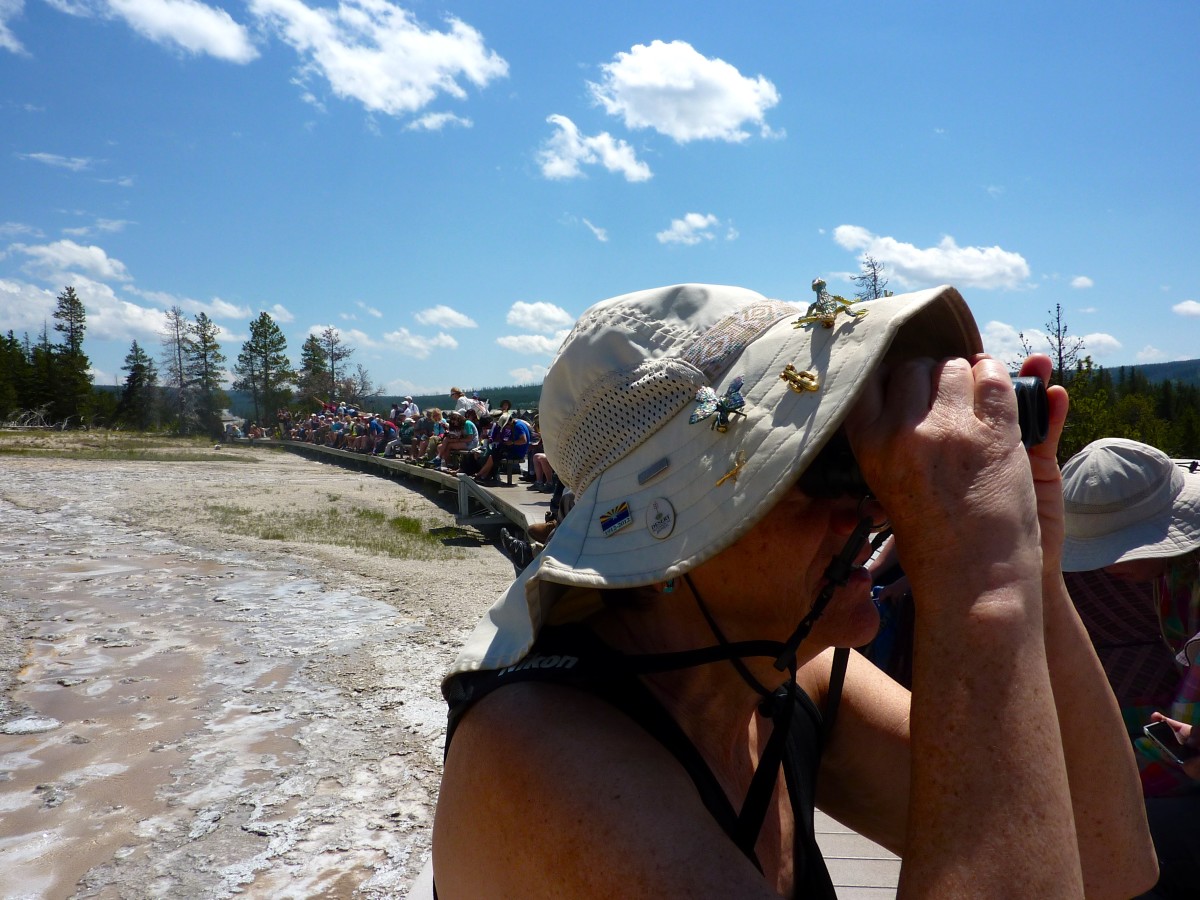While walking around the Desert Botanical Garden recently it struck me how wonderfully strange and unusual are the cactus spines. There are long ones . . .

short ones . . .

almost invisible ones . . .

There are straight ones . . .


and curved ones.

 There are black ones . . .
There are black ones . . .

red ones . . .

and gray ones.

And then there are glochids. Oh man!

These are the little fine, hair-like spines you often can’t see with your naked eye. They can be treacherous!


Notice the little tufts at the base of these areoles, where the spines originate. Those areoles indicate you’re looking at a cactus.
I love all the varied and unusual shapes, sizes, and colors of the spines. Each one unique in its own way.
So . . .
what is the purpose of all these spines anyway? Well, without being able to actually ask the cactus, they are mostly for protection. Protection from being eaten by herbivores, yes. But protection from the elements too. Spines are actually modified leaves on a cactus. The shade they provide reduces the heat load and its attendant water loss.
Notice all the extra spines at the growing tip?


 They protect the cactus from the harsh desert heat and sun. They help to cool the plant. They scatter—or radiate—and diffuse heat off the cactus. In the lower trunk they’ll often lose the spines and a dark cork-like bark appears.
They protect the cactus from the harsh desert heat and sun. They help to cool the plant. They scatter—or radiate—and diffuse heat off the cactus. In the lower trunk they’ll often lose the spines and a dark cork-like bark appears.
The Sonoran Desert is an amazing place to live and observe all these wonderfully weird, crazy and unique cactus.
